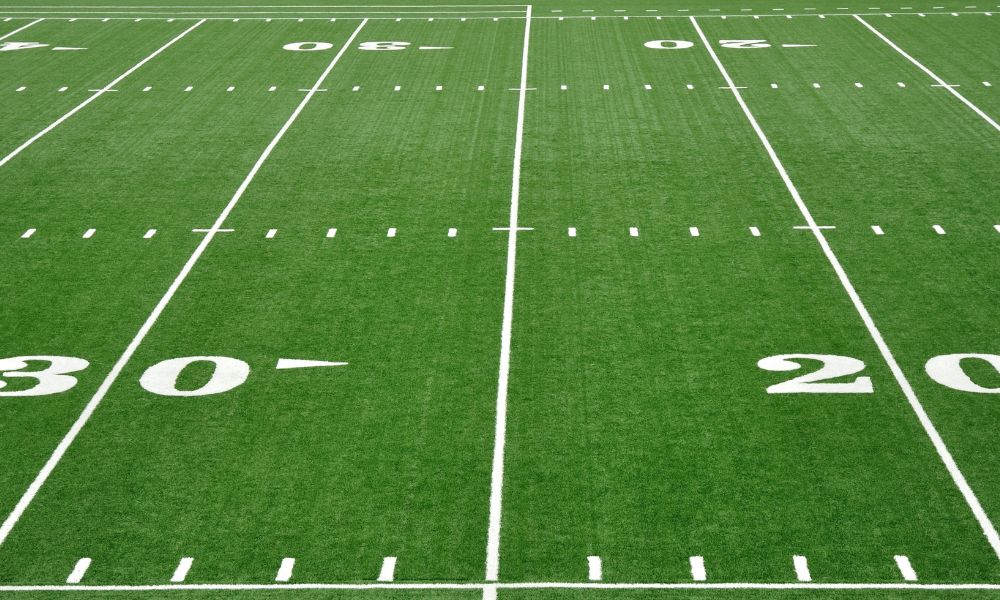
Preparing a football field before striping is a crucial task that requires careful planning and execution to ensure the lines are accurate and the field is safe for players. This guide will walk you through the essential steps to prepare a football field before applying the lines using a grass striping machine.
1. Field Inspection and Assessment
Before any preparation begins, conduct a thorough inspection of the field. Check for any debris, holes, or uneven areas that could pose a hazard to players. Remove any foreign objects, fill holes with appropriate material, and ensure the surface is even. Pay special attention to areas that see heavy use, like the goalposts and center of the field.
2. Mowing the Field
Mowing is a critical step in field preparation. The grass should be cut to the appropriate height, typically between 1.5 to 2.5 inches, depending on the type of grass and local climate conditions. A well-mowed field provides a smooth surface for striping and ensures the paint adheres properly. Use a professional-grade mower and make sure the blades are sharp to avoid tearing the grass.
3. Field Marking Plan
Develop a field marking plan before you start striping. This plan should include all the dimensions and locations of the lines and markings. A standard football field is 100 yards long and 53 1/3 yards wide, with additional areas for the end zones and sidelines. Ensure you have the correct measurements for the hash marks, yard lines, and other field markings.
4. Gathering the Necessary Equipment
Gather all the necessary equipment and materials for striping the field. This typically includes:
- Measuring tapes and wheels
- String lines and stakes
- Field striping paint
- A field striping machine
- Chalk or marking powder
Make sure all equipment is in good working condition.
5. Measuring and Laying Out the Field
Accurate measurement is key to a professional-looking football field. Use measuring tapes and wheels to measure the field dimensions. Mark the boundaries, end zones, and critical points with stakes and string lines. Double-check all measurements to ensure accuracy.
For the sidelines and yard lines, use string lines to guide your striping. Secure the string tightly to avoid any movement while striping. This ensures straight, crisp lines.
6. Preliminary Marking
Before applying paint, it’s often helpful to do preliminary marking using chalk or marking powder. This allows you to visualize the layout and make any necessary adjustments before committing to paint. Use a measuring wheel to mark the exact locations of the yard lines, hash marks, and other critical points.
7. Painting the Lines
Once you’re satisfied with the preliminary markings, it’s time to paint the lines. Use a field striping machine to apply the paint evenly and accurately. Follow the string lines and preliminary markings to ensure straight and correctly positioned lines.
Start with the main lines, such as the sidelines and end zones, before moving on to the smaller details like the hash marks and numbers.
8. Final Inspection
After painting, conduct a final inspection of the field. Check all lines and markings for accuracy and consistency. Make any necessary touch-ups with the striping machine or by hand.
9. Cleanup and Maintenance
Finally, clean up all equipment and materials. Store them properly to ensure they’re ready for future use. Regular maintenance of the field, such as mowing and filling in worn areas, will keep it in top condition throughout the season.
Conclusion
Preparing a football field before striping is a meticulous process that requires attention to detail and careful planning. By following these steps, you can ensure that your football field is safe, professional-looking, and ready for play. Proper preparation not only enhances the aesthetics of the field but also contributes to the overall safety and enjoyment of the game.
